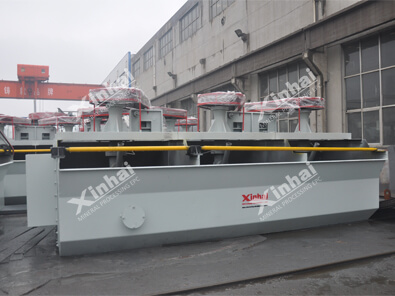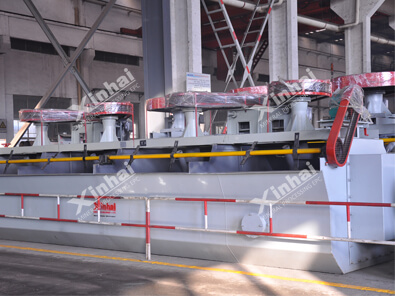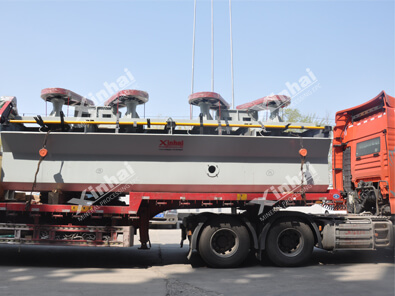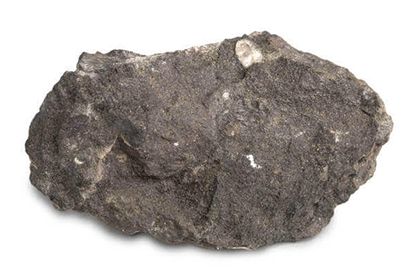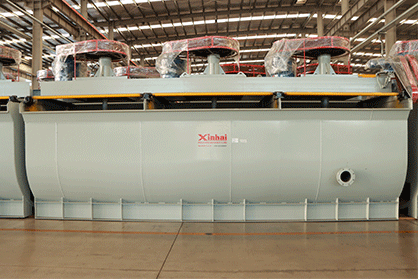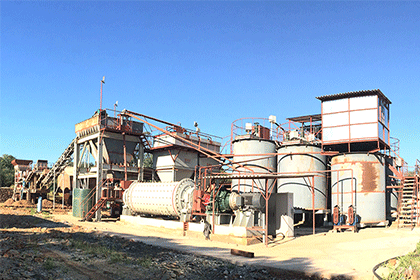Basic Introduction of Flotation Reagent
 Essow
Essow
 Dec 29, 2022
Dec 29, 2022
 1736
1736
If you want to know more details about equipment, solutions, etc, please click the button below for free consultation, or leave your requirements!
In the flotation process, in order to effectively separate useful minerals and gangue minerals, or to separate various useful minerals, it is often necessary to add certain reagents to change the physical and chemical properties of the mineral surface and the properties of the medium. These reagents are collectively referred to as flotation reagent.
The use of reagents is the most flexible, effective and convenient means to control flotation behavior
The type of reagent in the flotation plant is related to the nature of the ore, the process flow, and the need to obtain which mineral processing products. It is usually determined through optional tests or semi-industrial tests of ores.
The types of reagents are divided according to the function of reagents, which can be roughly divided into three categories:
01 Foaming Agent
BackSurface-active molecules with hydrophilic groups and hydrophobic groups are directional adsorbed on the water-air interface, reducing the surface tension of the aqueous solution, making the air filled in the water easy to disperse into bubbles and stabilize the bubbles. The foaming agent and collector are combined to adsorb on the surface of mineral particles and make the mineral particles float up.
Commonly used foaming agents are: pine oil(commonly known as No. 2 oil), phenolic acid mixed fatty alcohols, isomeric hexanol or octanol, ether alcohols, and various esters.
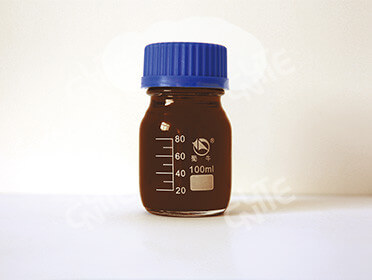
(Pine Oil)
02 Collector
BackIn nature, except coal, graphite, sulfur, talc and molybdenite and other mineral particles have a hydrophobic surface and natural floatability, most minerals are hydrophilic, and so are gold minerals.
Adding a reagent can change the hydrophilicity of the mineral particles to generate hydrophobicity and make them floatable. This reagent is usually called a collector.
Collectors are generally polar collectors and non-polar collectors. Polar collectors are composed of polar groups that can interact with the surface of mineral particles and non-polar groups that act as hydrophobic.
When this type of collector is adsorbed on the surface of mineral particles, its molecules or ions are arranged in a directional arrangement, with polar groups facing the surface of mineral particles and non-polar groups facing outward to form a hydrophobic film, thus making the mineral floatable.
For gold associated with sulfide minerals such as copper, lead, zinc, and iron, organic thio compounds are often used as collectors in flotation. For example, alkyl (ethyl, propyl, butyl, pentyl, etc.) sodium (potassium) dithiocarbonate, also known as xanthate. In the flotation of gold-bearing polymetallic ores, ethyl xanthate and butyl xanthate are often used. Alkyl dithiophosphoric acid or its salts, such as (RO)2PSSH, where R is an alkyl group, commonly known as black reagent.
We have an article about How to choose reagent in copper, zinc and lead ore flotation, please click the link to see details.
Alkyl dithiocarbamate and xanthate ester derivatives are commonly used collectors for sulfide minerals, and are also commonly used collectors for flotation of gold-bearing polymetallic sulfide ores, often use together with xanthates.
The molecules of non-ionic polar collectors do not dissociate, such as sulfur-containing esters.
And the non-polar collectors are hydrocarbon oils (neutral oils), such as kerosene, diesel oil, etc.
(Xanthate)
03 Regulator
BackRegulators can be further divided into five categories:
1. pH Adjusters
It is used to adjust the pH of the pulp, to control the surface characteristics of the mineral, the chemical composition of the pulp and the action conditions of various other reagents, so as to improve the flotation effect. In the cyanidation process, the pH value of the pulp should also be adjusted.
Commonly used pH adjustors are lime, sodium carbonate, sodium hydroxide and sulfuric acid. In gold beneficiation, the most commonly used conditioners are lime and sulfuric acid.
2. Activators
It can enhance the ability of minerals to interact with collectors, so that hard-to-float minerals are activated and floated.
For example, we can use sodium sulfide to activate the gold-bearing lead-copper oxide ore, and then use xanthate and other collectors for flotation.
3. Inhibitors
Improving the hydrophilicity of minerals and preventing them from interacting with collectors can inhibit their floatability.
For example, in the priority flotation process, lime is used to suppress pyrite, zinc sulfate and cyanide are used to suppress sphalerite, water glass is used to suppress silicate gangue minerals, and organic matter such as starch and glue (tannin) are used as inhibitors to achieve the purpose of multi-metal separation.
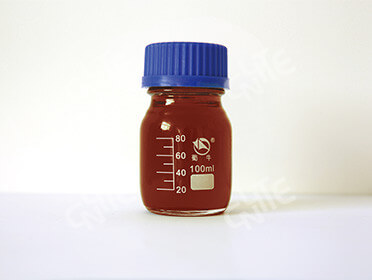
(Inhibitor-Sodium Thioglycolate)
4. Flocculants
Flocculants make mineral fine particles aggregate into large particles to speed up their sedimentation in water. We often use selective flocculation for flocculation-desliming and flocculation-flotation.
Commonly used flocculants are polyacrylamide and starch.
5. Dispersants
It prevents the aggregation of fine ore particles and makes them keep in a monomeric state. Its function is just opposite to that of flocculants.
Water glass and phosphate are commonly used dispersants.
04To Wrap Up
BackThe above is the classification of flotation reagents. In actual use, it is necessary to select the appropriate reagents according to the nature of the ore and the suggestions of technicians. The specific reagent system can also be determined through mineral processing tests.
We also have many articles about flotation process and flotation machines, please click the link to see the list.
If you need to purchase flotation machines or chemicals, please consult online customer service, or leave a message for consultation.
 +86 18234403483
+86 18234403483 yanzhang19990421@gmail.com
yanzhang19990421@gmail.com




 Message
Message Chat Now
Chat Now


